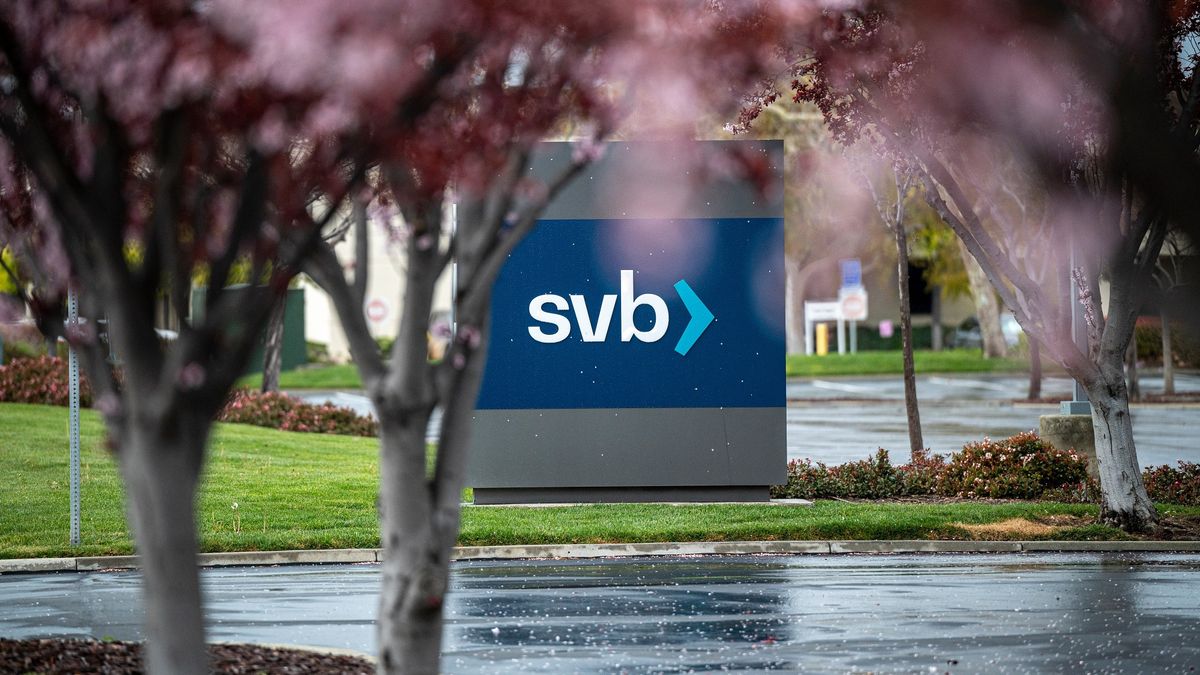The United States Government decided this Friday close Silicon Valley Bank (SVB) -one of the 20 most important banks in that country- to protect the deposits of its clients, and will reopen the institution on Monday under federal control, official sources reported, amid fears of contagion of the problems of that financial institution to the rest of the banking sector.
The decision was taken by the California Department of Financial Protection and Innovation (DFPI), that named the Federal Deposit Insurance Corporation (FDIC) as depositary of the bank’s funds, after detecting a “inadequate liquidity and insolvency” of the financial institution.
In this way, the BLS becomes the first institution with deposits guaranteed by the federal corporation to fail since 2020.
The situation raises fears among investors that other banks could have problems in the middle of a escalation of interest rates by central banks to contain inflation.
This morning, various mutual funds had recommended withdrawing their assets from SVB, after being forced to sell part of their portfolio at a loss.
For her part, the Secretary of the Treasury, Janet Yellen, I affirm that his department is monitoring “some” banks for problems at SVB, in a hearing before the Ways and Means Committee.
SVB, founded 40 years ago and specializing in providing financing to Silicon Valley technology startups, suffered a fall of more than 60% on Thursday in its shares at the close of the Nasdaq trading session and today it operated with a loss of 69% in the pre-market until its listing was paralyzed.
the landslide It was extended to the listing of the main world banks, leading them to the worst week since 2020 and it occurred after SVB anticipated to the United States Securities and Exchange Commission (SEC) losses of US$1.8 billion in the first trimester and an accelerated placement of shares of US$1,750 million to clean up its capital position after having registered heavy losses in its investment portfolio, the Bloomberg and DPA agencies specified.
Said portfolio consisted mainly of US Treasury bonds whose values fell since the interest rate hikes ordered by the Federal Reserve (FED).
The bank was forced to part with it after a strong outflow of depositors, reflecting the drop in activity among startups in particular and the technology sector in general in recent months.
Fears regarding the financial capacity of SVB – the 16th bank in amount of assets in the United States – prompted venture capital firms like Funder Fund, Union Square Ventures and Founder Collective to advise withdrawing the funds from the bank.
SVB collapse: banking playpen
For their part, various clients reported difficulties when withdrawing their funds. In a note to its clients, Founder Collective indicated that “In the long term, we don’t think deposits are at risk, but in the short term it’s harder to predict.”
Meanwhile Garry Tan, CEO of Y Combinator, a renowned startup incubator, warned that the risk of insolvency is real and he recommended limiting exposure to the bank.
The CEO of SVB tried on Thursday to stop the run by asking clients and investors to calm down through a 10-minute conference call, a source familiar with the situation reported to Bloomberg.
After the bullfight, CNBC reported this morning that SVB failed in its attempts to raise new capital and hired advisers to explore a potential sale of its assets to another financial institution.
The fall of SVB is added to that of silvergate bank this week, which spreads a cloak of doubts over the financial sector as to whether these are isolated events or the anticipation of a crisis.
“I’m not worried about the big players but a lot of the little ones are going to have terrible kicks. SVB is just the tip of the iceberg.” warned consultant Christopher Whalen.
In general, the regulatory authorities since the 2008 crash have focused on ensuring the stability of large banks, for example, forcing them to have bigger laces, which led to the neglect of smaller entities, some of which bet on technology or cryptocurrency platforms such as Slivergate.
Michael Barr, the Fed’s vice president of supervision, acknowledged this stance, noting that the largest institutions are also exposed to these risks but such exposure “It tends to be a very small part of their balance sheets.”
In the same way, Morgan Stanley analysts ruled out a systemic risk and recalled that there are big differences between the large banks with greater liquidity and diversified portfolios, and others such as Slivergate and SVB, specialized in certain customer profiles with higher risk.
Mike Mayo, a director at Wells Fargo warned that “SVS is a clear warning of financial risk outside of the big banks.” “What we saw with this medium-sized bank includes, by extension, private capital, and the fintech universe,” Mayo said.
Source: Ambito
I am a 24-year-old writer and journalist who has been working in the news industry for the past two years. I write primarily about market news, so if you’re looking for insights into what’s going on in the stock market or economic indicators, you’ve come to the right place. I also dabble in writing articles on lifestyle trends and pop culture news.




